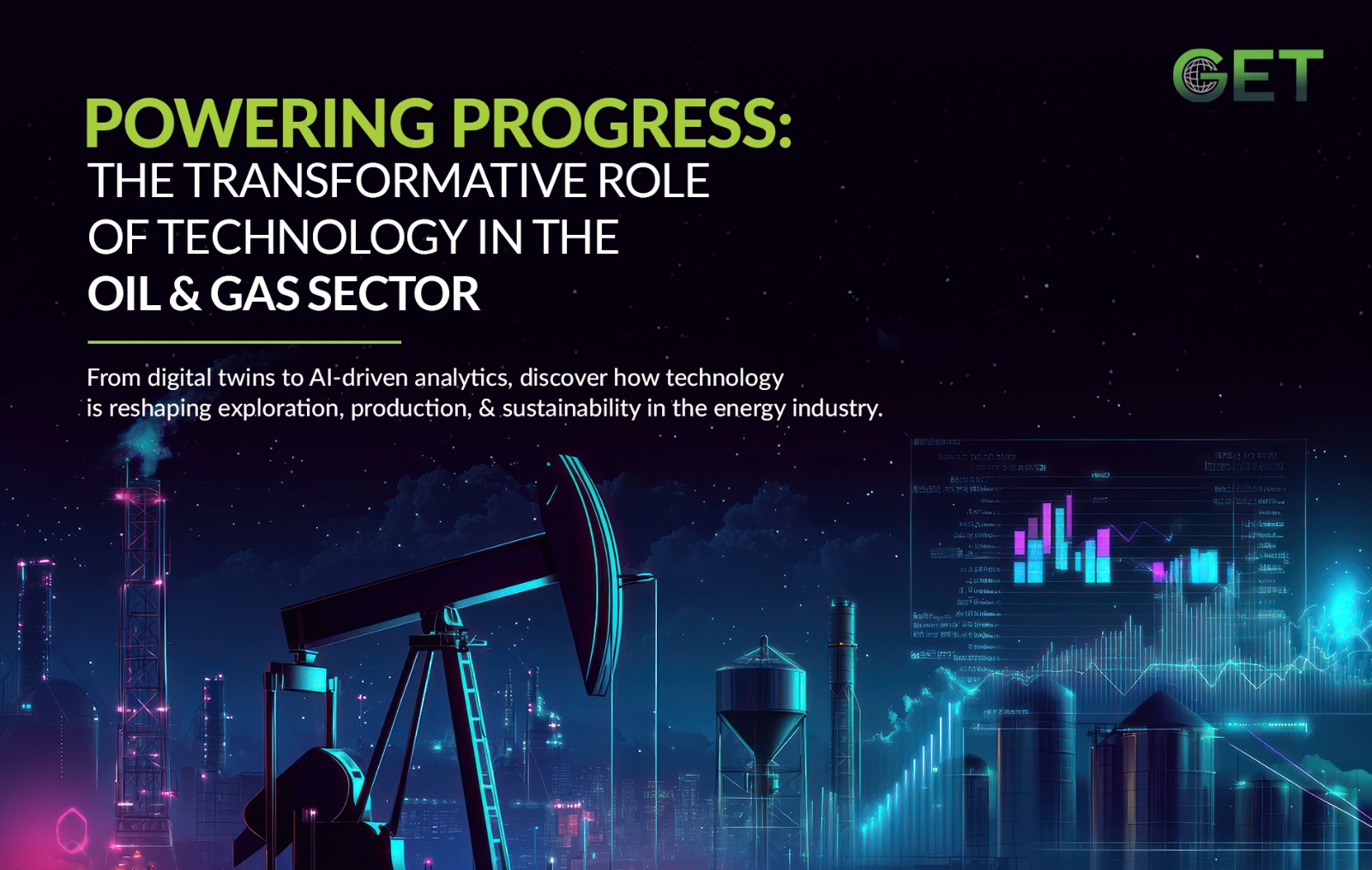
The oil and gas sector has long been the pillar of world energy supply, powering economies and facilitating development across continents. But now, as the world grapples with energy shifts, environmental issues and an increase in demand, technology is no longer a supporting actor, it is right at the center of progress.
From production to exploration, and from sustainability to safety, technological innovation is transforming the oil and gas industry in unparalleled means.
In an industry characterized by precision, scale and complexity, there is one thing constant : the imperative to change. Technology is not simply making the operations better, but changing the whole ball game. The digital revolution in the oil and gas sector is speeding up progress, optimizing performance, and unlocking new possibilities along the value chain.
How has the Oil and Gas Industry benefited?
The colossal impact of digital transformation on the oil and gas sector has led to companies achieving a lot more, such as lowering their costs, securing assets, strengthening customer relationships, driving greater efficiency and also creating new business models to thrive in highly competitive global markets.
Some of the advanced technologies that are powering progress in this industry:
AI is utilized to automate processes, improve decision-making, and detect possible problems. For example, AI might use sensor data to identify leaks in pipelines or forecast equipment maintenance needs.
Among the most revolutionary tools of the past decade has been the development of digital twins—virtual copies of physical assets. Digital twins replicate performance, identify anomalies, and forecast equipment failure before it happens. Predictive maintenance reduces downtime, enhances asset lifespan, and saves substantially.
The IoT is the act of connecting physical devices to the internet to enable them to gather and transmit data. The data helps with enhanced efficiency, safety, and environmental performance. IoT sensors, for example, can track pipeline temperature and pressure, helping prevent leaks.
This entails evaluating large amounts of data to identify patterns and trends, to make improved decisions, optimize operations, and identify new opportunities. For instance, big data analytics can examine customer information to determine prospective markets or optimize oil and gas production.
Robotics are used for risky or repetitive operations, improving safety and efficiency. For instance, robots can be used for cleaning pipelines or running drilling rigs.
6. Automation
An incredibly high degree of accuracy is possible only with automation, showcasing one among many benefits that the sector can reap from automated operations. Solid infrastructure and terminal automation investments enable outstanding watchfulness through the remote tracking of the entire pipeline network, identifying leaks. Weather surveillance systems may also identify variations in seismic activity, oceanic activity, and others.
Digital automation technologies have allowed businesses to increase reservoir capacities, and also obviates the necessity for employees to perform dangerous repairs in the field. Using augmented reality or drones can be used for repairs that are essential.
Post-COVID, remote operations and AR/VR-based training have become standard. These technologies allow offshore asset management from afar and offer immersive learning without on-site risk, attracting younger, tech-savvy talent.
AR/VR provides immersive learning and mitigates the necessity for on-site interventions. The COVID-19 pandemic accelerated the adoption of remote operations. Virtual reality (VR) and augmented reality (AR) are transforming training, enabling immersive learning environments that replicate real-world conditions without the associated risks.
8. 3D Printing
3D printing is utilized to create prototypes, components, and tools, resulting in cost savings and enhanced efficiency. For instance, special parts for oil and gas equipment can be produced using 3D printing.
Technology is also making it possible for the industry to minimize its environmental impact. Carbon capture and storage (CCS), methane leak detection systems, and low-emission fuel options are becoming regular practices. AI algorithms are being employed to detect leaks earlier, while blockchain improves emissions reporting and carbon trading transparency. Moreover, digital technologies enable firms to become aligned with ESG (Environmental, Social, Governance) objectives, through enhanced monitoring, compliance, and engagement with stakeholders.
In the last decade, the sector has emphasized heavily on:
Upstream activities ranging from geological mapping to drilling and production, are benefiting most from digital transformation. Technologies like:
These technologies are helping to advance recovery rates 3–4% and redefine exploration and production. Companies do need to transcend legacy system challenges through dedicated investment, leadership, and cooperation.
The oil and gas industry are at a critical juncture, between old systems and new innovation, between fossil and the transition to clean energy. Technology is more than an instrument of optimization; it’s a force for reinvention.
At GET, we do not simply embrace technology, we integrate it into all parts of our business. We aim to provide smarter energy solutions that power the world efficiently, safely, and sustainably. With the changing oil and gas environment, we will continue to lead through innovation, unlock value through technology, and drive progress that counts.
As the industry further adopts digital transformation, it will open new heights of efficiency, sustainability, and resilience. With powering progress through innovation, the oil and gas industry can remain a critical contributor to the global energy mix, by being smarter, cleaner, and more resilient than ever.
Read Also- Top 5 Oil and Gas Companies to Work for in Dubai in 2025

By Get global | December 5, 2025
Turkey’s ambitions in the energy sector have taken a significant step forward as Turkish Petroleum (TPAO) ramps up drilling at its latest Black Sea discovery. The find is considered one of the most promising additions to the region’s portfolio, reshaping the conversation around Turkish gas exploration, self-sufficiency, and the future […]
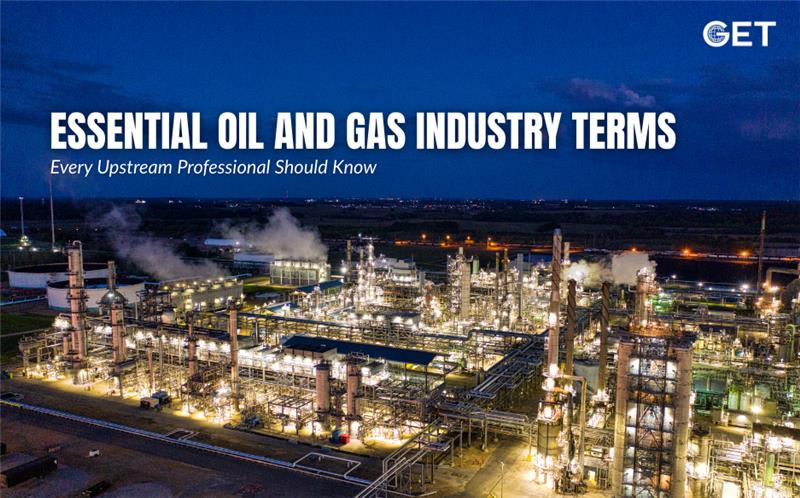
By Get global | November 27, 2025
The upstream oil and gas industry is thrilling, quick-moving, and rich with opportunities—but let’s face it, it also has a lot of technical language. If you are a newcomer to the industry, changing jobs, or just wanting to enhance your knowledge about the industry, mastering the right terms can facilitate […]
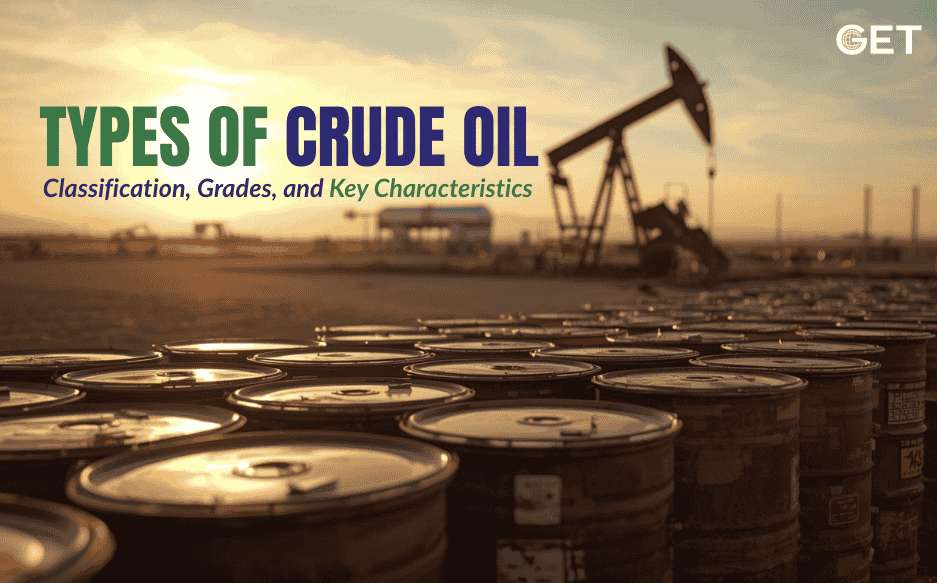
By Get global | November 24, 2025
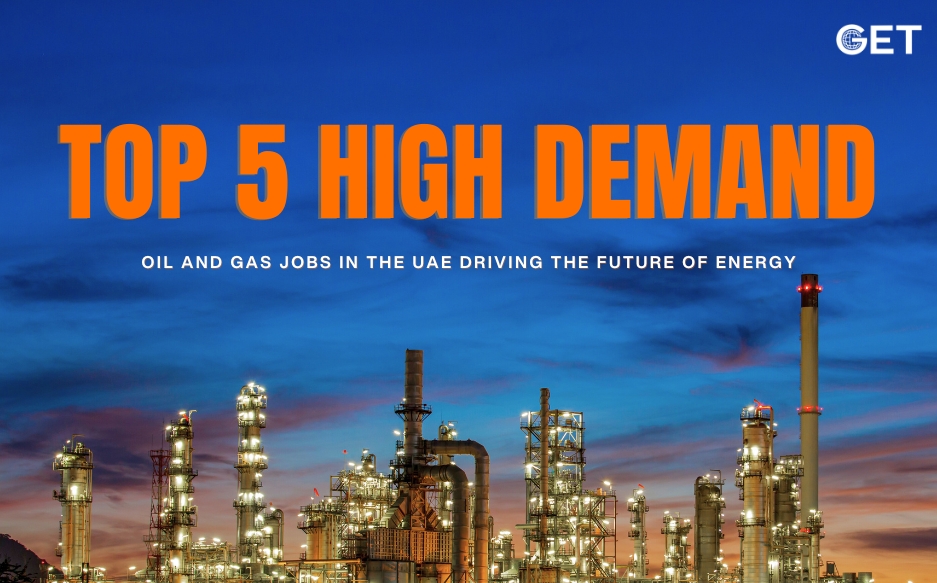
By Get global | November 17, 2025
Anyone who has worked in the UAE energy sector will tell you the same thing. The industry here keeps moving. Every year brings new drilling activity, stronger digital adoption, and a clearer shift toward cleaner and more efficient operations. Because of this, companies are looking for a different mix of […]
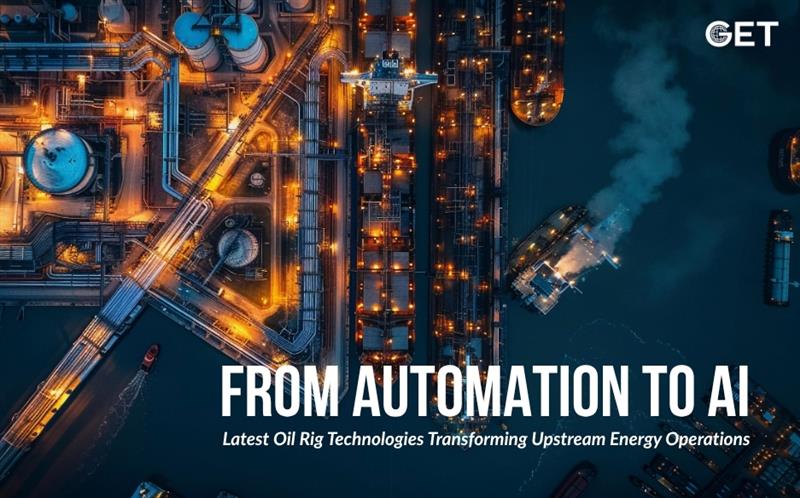
By Get global | November 13, 2025
The upstream oil and gas business often conjures images of vast platforms, roaring drills, and crews battling the elements. What is less obvious to the outsider is how deeply technology has become woven into that fabric — not just innovations stuck onto rigs, but full-scale transformations that are reshaping how […]